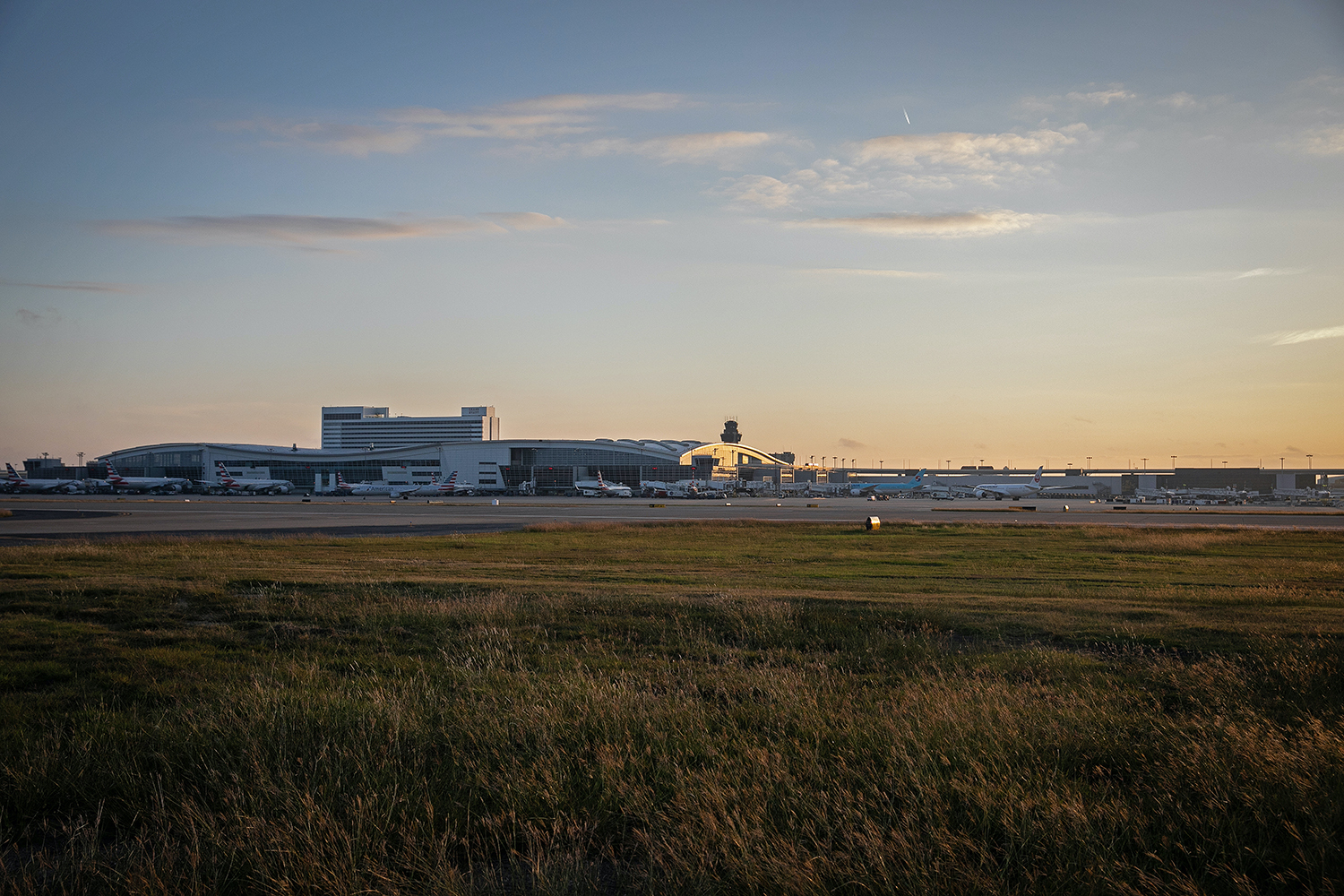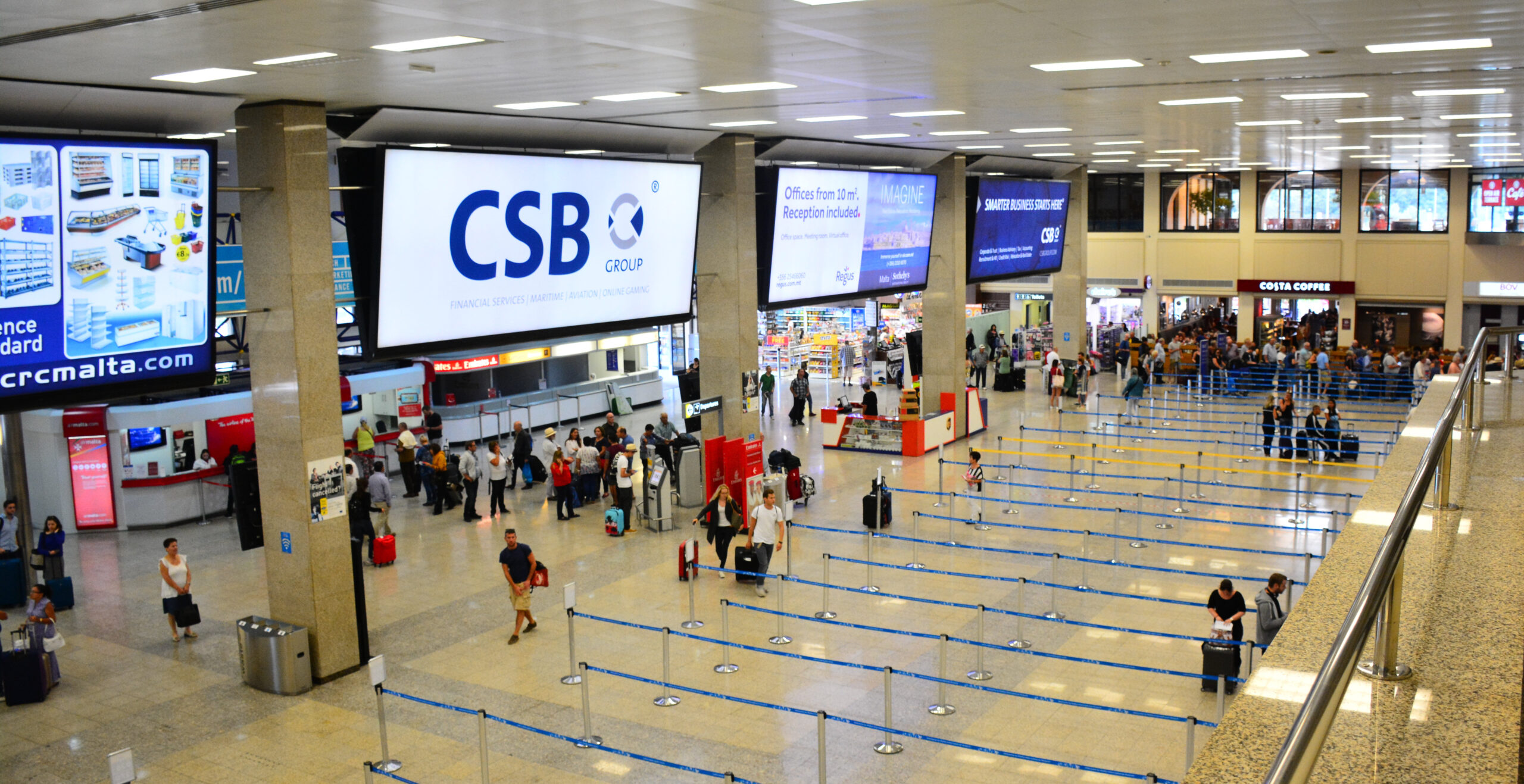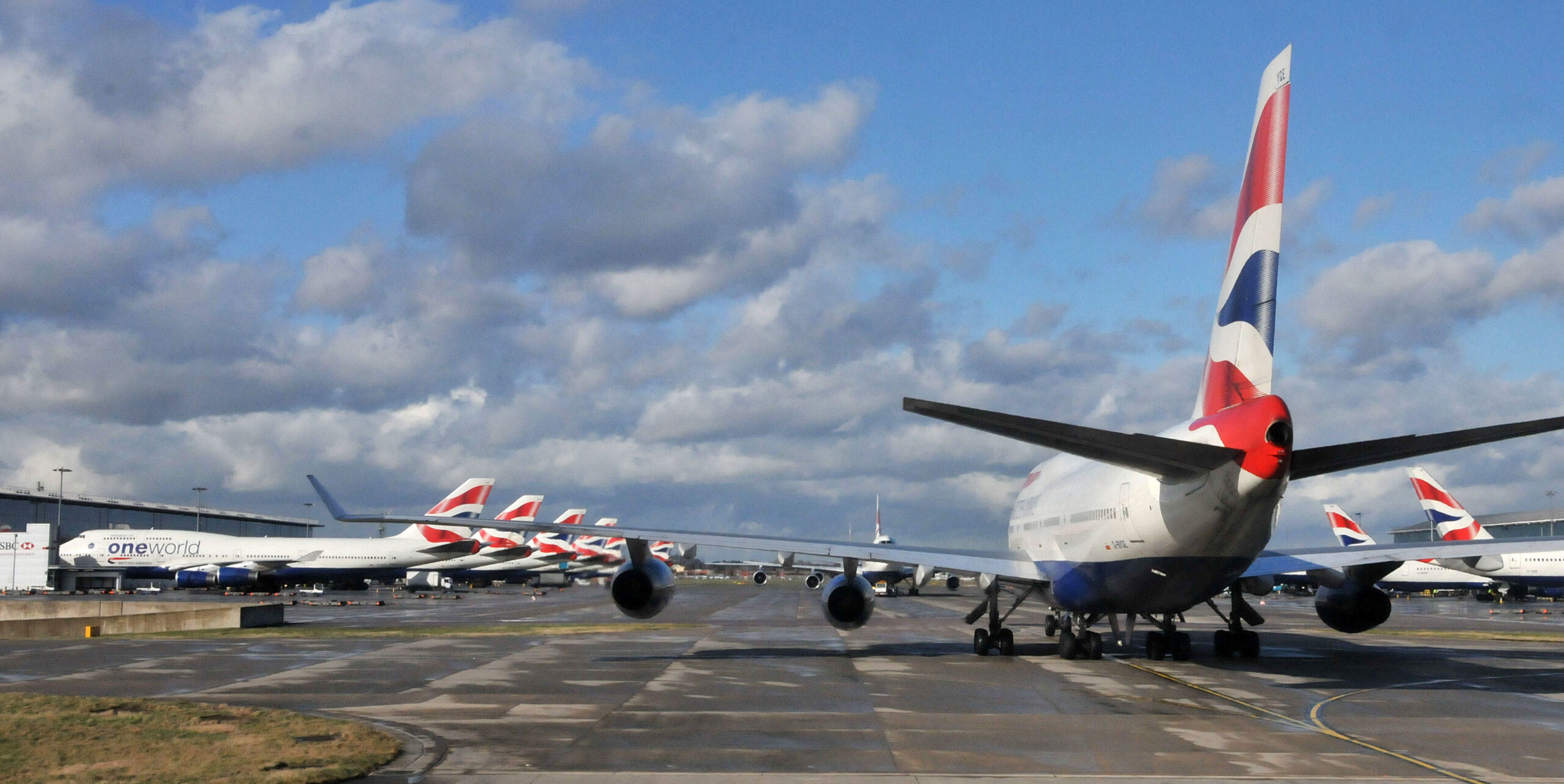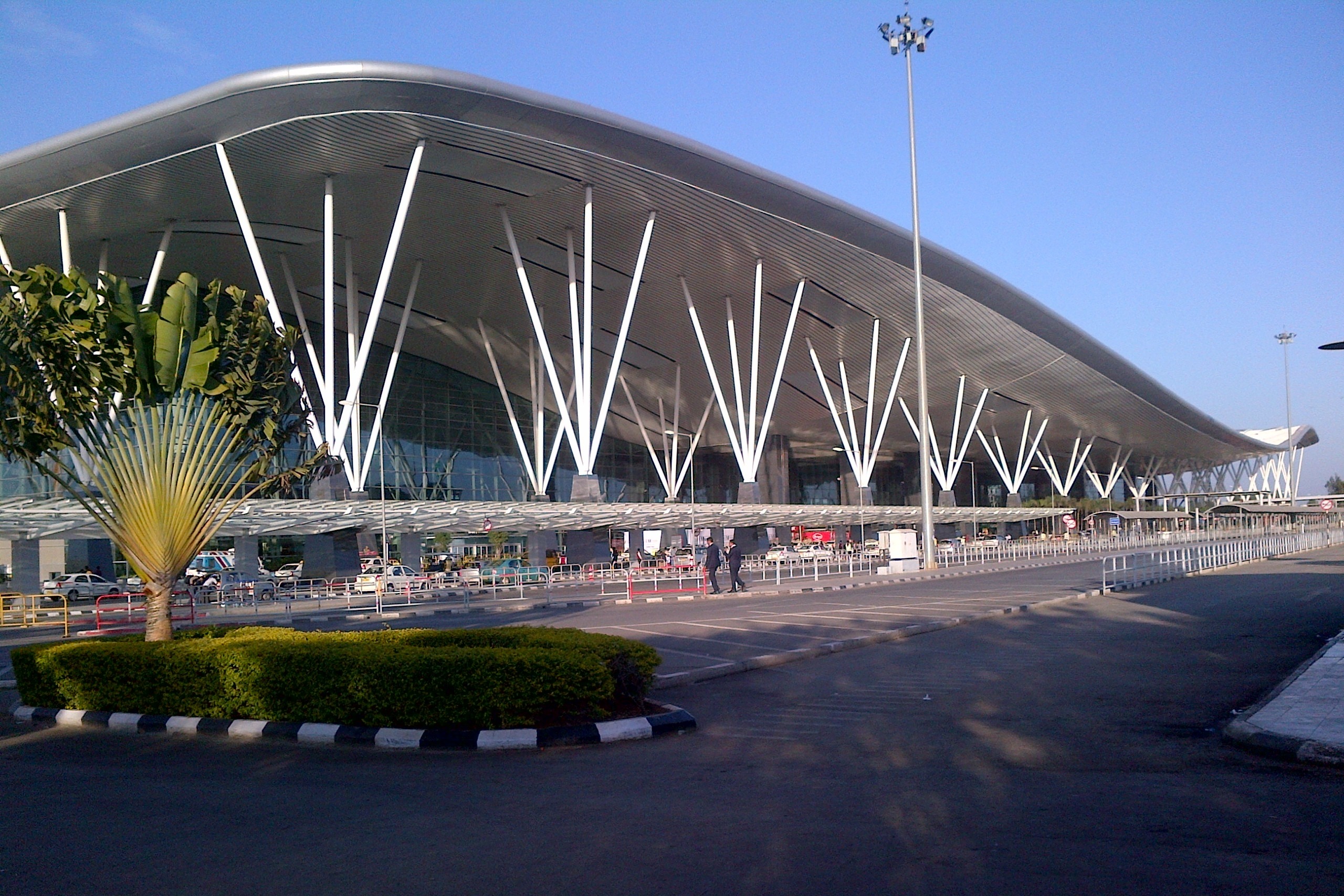AppDynamics Case Study – Alaska Airlines
Challenge: Get full visibility into a complex hybrid cloud environment.
Alaska Airlines needed to get full visibility into a complex hybrid cloud environment while deriving insights that would help minimise costly performance issues. The e-commerce team at Alaska Airlines works in an incredibly demanding, complex, and data-rich environment. Whether providing guests with seamless ticket search, travel booking, check-in, or flight notification functionality, or keeping pilots and flight attendants up to date with the information needed to do their jobs, there’s no room for error.
To continually build on its impeccable customer service and satisfaction record, Alaska Airlines uses performance monitoring to both optimise the delivery of their product and ensure customer delight — from ticket purchase to the day of travel and beyond. Inevitably, however, that continual innovation requires more systems, applications, and platforms — both on premise and in the cloud — which can increase the risk of slowdowns and outages. With its shift to cloud-first, Alaska Airlines was also faced with having to re-architect applications, build cloud-native applications, and manage different workloads across a hybrid environment. As a result, Alaska Airlines turned to AppDynamics for Application Performance Management (APM), Infrastructure Monitoring & Visibility, and End User Monitoring (EUM).
About Alaska Airlines
Headquartered in Seattle, Washington, Alaska Airlines has a reputation for stellar customer satisfaction and service, consistently scoring well in distinguished industry lists, including ranking “Highest in Customer Satisfaction Among Traditional Carriers in North America” in the J.D. Power North America Airline Satisfaction Study for 12 consecutive years (2008-2019). Alaska Airlines and its regional partners fly 46 million guests a year to more than 115 destinations with an average of 1,200 daily flights across the United States and to Mexico, Canada and Costa Rica.
Solution: AppDynamics monitors hybrid environment to quickly detect and repair issues before they ever impact guests.
AppDynamics provides real-time monitoring of the airline’s applications across the entire infrastructure and technology stack — from guest service applications such as travel searches, ticket purchasing, and boarding passes to applications leveraged by pilots and flight attendants for flight mapping, safety and customer service. This ensures that the business runs smoothly and the airline continues to deliver exceptional user experiences.
According to Troy Kaser, Managing Director of E-commerce at Alaska Airlines:AppDynamics allows us to see how all our integrated systems are performing, and having that comprehensive view helps us provide the best possible guest service. AppDynamics gives us the ability to quickly detect and repair issues across our entire technology platform and reduce our mean time to resolution. Managing and monitoring application performance and reducing MTTR make a very meaningful difference in the lives of our guests.
Benefits: Continuous innovation in the cloud and significant reduction in outages and MTTR
In the first year AppDynamics was deployed, Alaska Airlines reduced the number of Level 1 and 2 outages significantly. “From 2017 to 2018, through the partnership with AppDynamics, we were able to reduce the number of outages by 60%, and we’re continuing to sustain that,” said Kaser. The time and resources saved with AppDynamics is invaluable to the organisation.
Nemo Hajiyusuf, Software Engineering Manager for Alaska Airlines, said:With AppDynamics, our mean time to detection went from hours to less than 10 minutes, which is a huge win for us. We are always striving to provide the best customer experience possible for our customers. The holistic view of everything in a single pane of glass along with the ability to detect issues and drill down to fix them before they impact our customers means that we provide a flawless digital experience for our customers.
Supporting the team’s shift to DevOps, AppDynamics provides everybody — engineers, operations and developers — with a real-time view into what Alaska Airlines’ guests are doing and how applications are performing. Teams can make changes with confidence, see how those changes are affecting the entire system, and iterate in real-time.
Patrick Boudreaux, Software Engineering Manager for Alaska Airlines, said:Because we are enabling every team member to view that information in real time, they're able to take that in context with the talents and perspectives they have and craft solutions that somebody else couldn't come up with. AppDynamics gives us the big picture to see how the entire ecosystem is coming together and how changes are affecting the customer experience.
With its “cloud first” strategy, Alaska Airlines leverages Microsoft Azure to improve scalability and flexibility and enable innovation. At the same time, the addition of cloud technology to the environment introduces significant complexity. This is where AppDynamics shines.
Hajiyusuf said:The adoption of Azure and using the cloud has been a great enabler for our teams. It’s allowed us to have a DevOps culture and a lot more control over our infrastructure. By having a continuous delivery pipeline and leveraging cloud capabilities like microservices and server-less functionality, teams are able to make small increments and innovate more quickly to get cool, new guest innovations out the door. With AppDynamics providing visibility into microservices and containers and all our critical applications running in Azure, we can be sure that we're building solutions that are healthy and reliable.
With end-to-end visibility into the user’s experience provided by AppDynamics, Alaska Airlines executives can clearly see the business impact its technology is having.
Kaser said:I'm able to use AppDynamics to give executives the data-driven insights they need in terms of what our users are experiencing and what that means to the bottom line through understanding mean time to resolution, mean time to detection, and overall uptime and performance of our platform. They can clearly see how we’re using AppDynamics to better manage the totality of the digital experience — from when the customer checks in all the way through their experience.
Boudreaux agrees:Having AppDynamics both on premise and in Azure gives us that end to end view of what the guests are doing, what they're attempting to do, what they're struggling with, and what's taking longer than we'd like, so we can identify not only where we want to invest in our software products but other things we may want to move to the cloud to further enable that positive experience. Our goal is to always reduce the response time and help guests enjoy their Alaska Airlines experience more.
The organisation is looking forward to leveraging AppDynamics Cognition Engine, which uses machine learning to quickly correlate software and business performance and take action in real time to mitigate the impact of performance issues.
Hajiyusuf said:One of the biggest goals for us is always stay ahead of the curve and make sure we are providing the best experience possible for our customers. Cognition Engine will provide us the ability to detect issues even faster and auto-remediate before they impact our customers.
AppDynamics allows Alaska Airlines to continuously improve its digital experience platform so guests have the best possible travel experience, which translates to consumer trust and confidence.
Kaser said:By reducing the number of incidents we have and how quickly we can find them, AppDynamics helps provide a great service to our guests — but it also means that we're not losing sleep, we're not distracted, and we're spending time building new things rather than trouble shooting or fighting fires.
This article was originally published by AppDynamics, part of Cisco.







